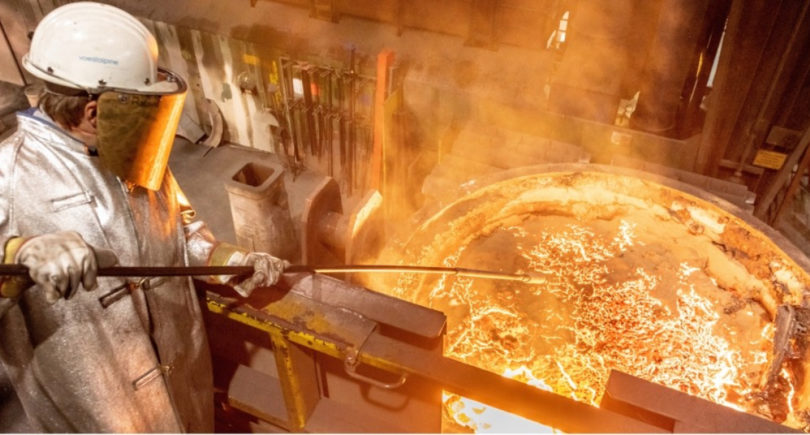
News Global Market decarbonization 1155 27 July 2022
This is likely to result in significant demand for steel
Investment bank Goldman Sachs estimates the investment needed for Europe’s energy transition at €10 trillion ($10.24 trillion) by 2050. These funds can then be fully recovered through savings from energy imports. Eurometal writes about it with the reference to Kallanish.
Goldman Sachs estimates that investment in the energy transition will accelerate and peak by 2035, driven largely by the initial infrastructure expansion required for power networks, charging networks, the massive expansion of renewable power, buildings upgrades and heating pipelines. All this is necessary to accelerate the penetration of electrification and clean hydrogen.
The current supply chain of hydrocarbons from other parts of the world in Europe could be replaced by an interconnected European grid and hydrogen pipelines. This is likely to result in significant demand for steel.
According to the investment bank, the recouping of costs will occur with a decade of time lag. This means that effective funding and a sound regulatory framework are key to bridging this time gap.
Natural gas nevertheless remains key to Europe’s energy supply for the next two decades and Goldman says it is in the interest of Europe to sign new long-term LNG contracts to improve security of supply.
“While green hydrogen’s move towards cost parity with grey hydrogen is accelerating, and we expect this to be reached before 2030 across regions of low renewable power costs, we note that the current macro environment of higher commodity prices, in particular for European natural gas, combined with carbon prices is creating a unique green hydrogen cost parity dynamic in Europe,” Goldman Sachs notes.
Even without taking into account European ETS carbon prices, which are currently well over $50 per tonne of CO2 equivalent. This is more than sufficient to bridge the cost of grey hydrogen with green across regions of Europe where green hydrogen is produced with dedicated RES and a renewable power LCOE lower than $70/MWh, Goldman concludes.
As GMK Center reported earlier, the energy crisis, started in several regions of the world at once, was not expected, but became a logical consequence of the emission reduction policy and the action of a number of concomitant factors. The principles of green policy, which seem attractive in the environmental aspect, dealt their first, but not the last blow to economic realities.
Europe initially did not take into account the weaknesses of technologies and the risks of a green energy transition – the situation was affected by an imbalance in the implementation of technologies. Many companies during the period of low prices 2019-2020 and, under pressure from new environmental policies, reduced investment in fossil fuels. At the same time, the volumes of RES commissioning turned out to be insufficient to compensate for the imbalance.




